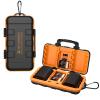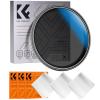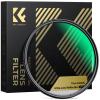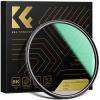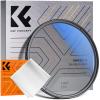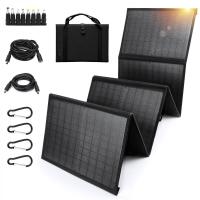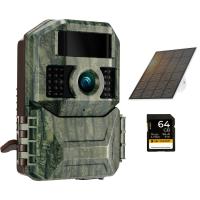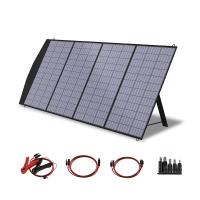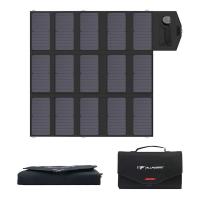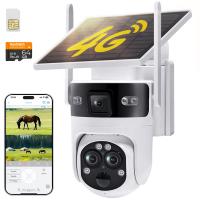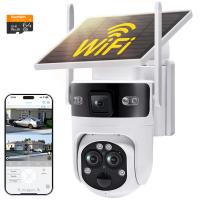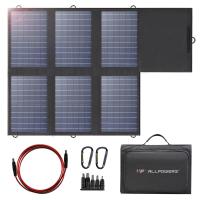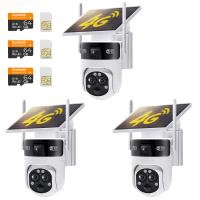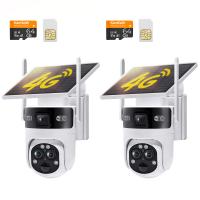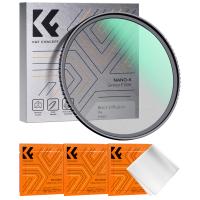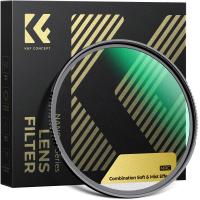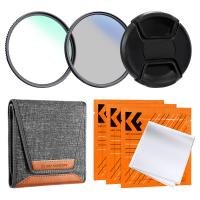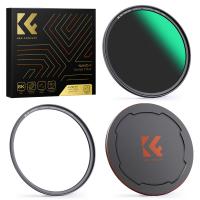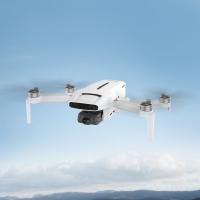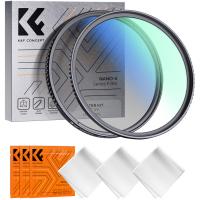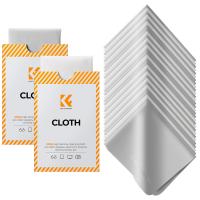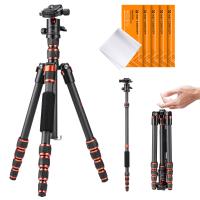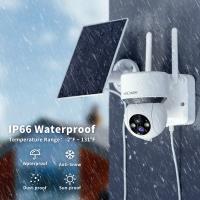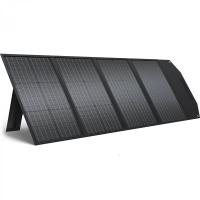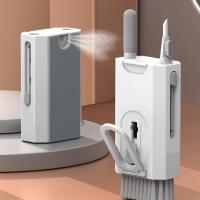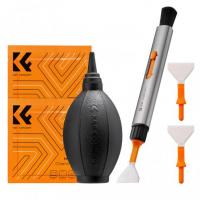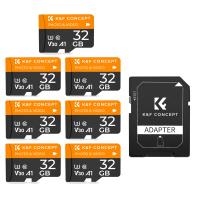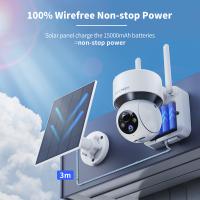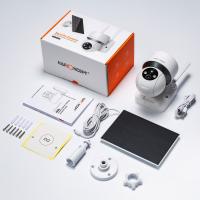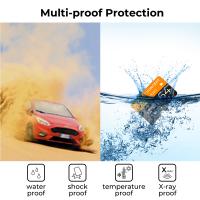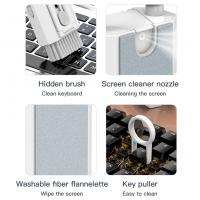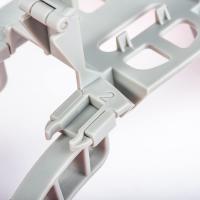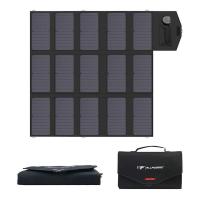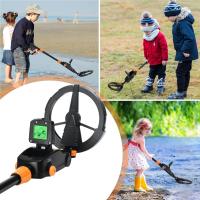How To Keep Solar Panels Clear Of Snow?
As winter approaches and snowflakes start to cover the ground, solar panel owners face the challenge of maintaining their systems' efficiency. Snow accumulation can obstruct sunlight and significantly impact the energy output of solar panels. Ensuring that your solar panels remain clear of snow is vital to maximizing their efficiency and prolonging their service life, especially in regions where heavy snowfall is common. This article provides a comprehensive guide to effectively keeping solar panels clear of snow while addressing practical considerations and safety measures.
Understanding the Impact of Snow on Solar Panels
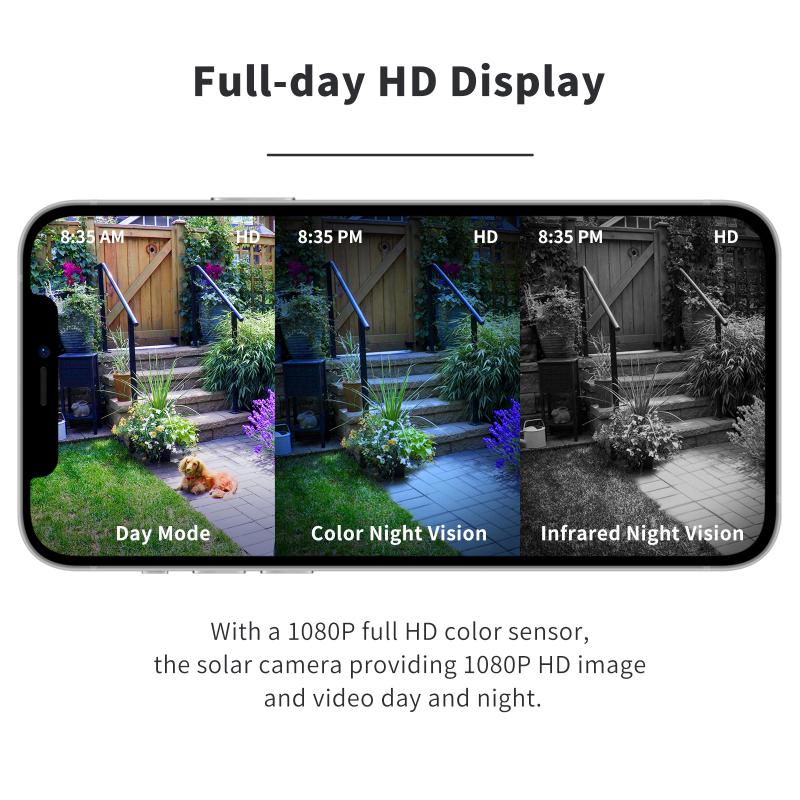
Before delving into methods of snow removal, it's crucial to understand how snow affects solar panels. When snow accumulates on solar panels, it blocks sunlight from reaching the photovoltaic cells, thereby reducing electricity production. A complete covering of snow can lead to a near-total drop in power generation. However, the impact depends on the density, texture, and opacity of the snow. Light and dry snow can often be removed easily, whereas heavy, wet snow can create a thick, adhesive coating, making removal more challenging.
Natural Snow Shedding
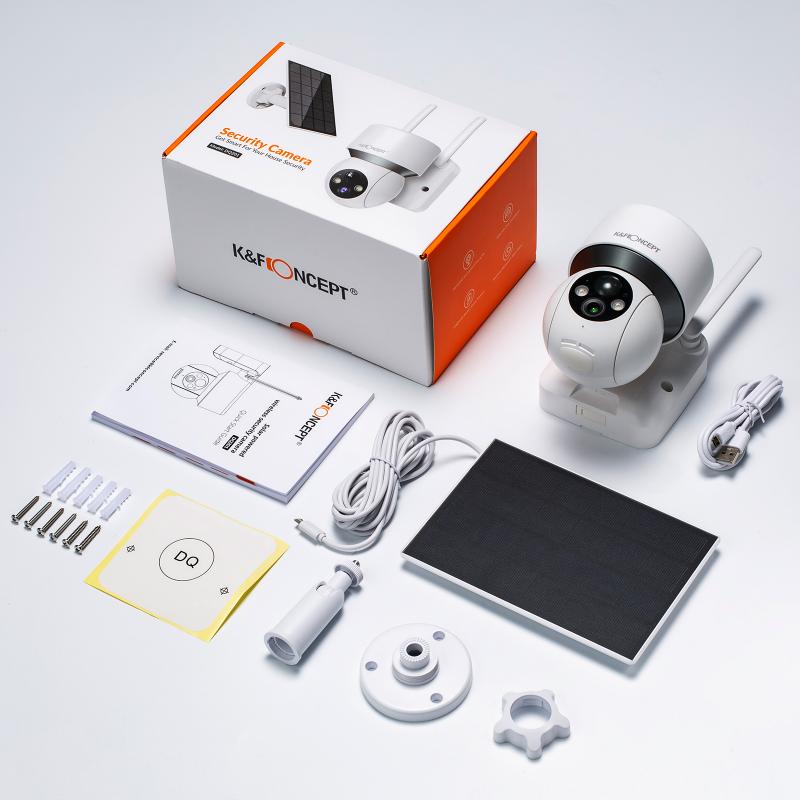
One of the simplest methods to manage snow accumulation is to utilize the solar panels' natural shedding capabilities. Solar panels are often installed at an angle, allowing gravity to assist in the snow-melting process. As sunlight warms the dark surface of the panels, snow begins to melt and slide off. Panels with a higher tilt angle are generally more effective at shedding snow naturally. Ensuring that your panels are installed at an optimal angle for your geographical location can mitigate snow buildup without manual intervention.
Manual Snow Removal Techniques

While natural shedding is effective in many cases, manual intervention may be necessary during heavy snowfall. Here are some safe and recommended techniques for manually removing snow:
1. Use a Roof Rake: A roof rake with a soft, non-abrasive head is a valuable tool for removing snow without damaging the panel surface. Extendable poles allow you to reach panels safely from the ground, reducing the risk of accidents associated with climbing or standing on icy rooftops.
2. Soft Brush or Broom: For small sections of snow, a soft broom or brush can gently remove snow from the panels. Ensure the brush bristles are soft enough not to scratch the panels' surface.
3. Leaf Blower: In cases of light, fluffy snow, a leaf blower can effectively clear snow without direct contact with the panels. This method is swift and reduces the risk of damage.
Safety Considerations

When manually removing snow, safety must be your top priority. Here are essential safety tips to consider:
- Avoid Climbing on the Roof: The risk of slipping on ice or snow-covered surfaces is significant. Whenever possible, clear snow from the ground using tools with extendable handles.
- Protect the Panel Surface: Use tools with non-abrasive surfaces to prevent scratching or damaging the photovoltaic cells.
- Wear Appropriate Gear: Always wear non-slip footwear and appropriate clothing for cold conditions. If working on elevated surfaces, consider using safety harnesses or supports.
Technological Solutions
Several technological solutions are available to reduce manual labor and enhance snow management efficiency:
1. Heated Solar Panels: Some solar panels come with built-in heating elements. These elements use a small amount of electricity to gently heat the surface, facilitating the melting of snow and ice. While effective, the additional energy consumption must be considered.
2. Snow Guards and Deflectors: Installing snow guards or deflectors can prevent large amounts of snow from accumulating on the panels. These attachments help manage snow distribution and ensure safer shedding patterns.
3. Automated Equipment: Emerging technologies offer automated cleaning systems specifically designed for solar panels. These systems use brushes, blowers, or heat to remove snow without manual intervention, though their installation may require additional financial investment.
Long-Term Strategies
Considering sustainable, long-term solutions is vital for ongoing snow management:
- Panel Selection and Placement: Choose high-efficiency panels known for excellent performance under suboptimal conditions. Place panels where they will receive maximum sunlight exposure, even in winter.
- Regular Maintenance: Implement a maintenance schedule that includes checking panel surfaces and mounting structures for integrity following harsh weather conditions.
- Energy Storage Systems: Integrating a storage system ensures that energy collected during sunnier periods is available during overcast or snow-covered days, maintaining a stable power supply.
Maintaining clear solar panels during the winter season is crucial for optimizing your solar energy system's efficiency and output. By understanding the natural processes and employing safe manual removal techniques, you can effectively manage snow accumulation. Combining these with modern technological solutions can significantly reduce the workload and potential risks involved. Ensuring routine maintenance and strategic placement will support your system's longevity and reliability. By adopting these practices, solar panel owners can continue to reap the benefits of renewable energy year-round, despite winter's challenges.

